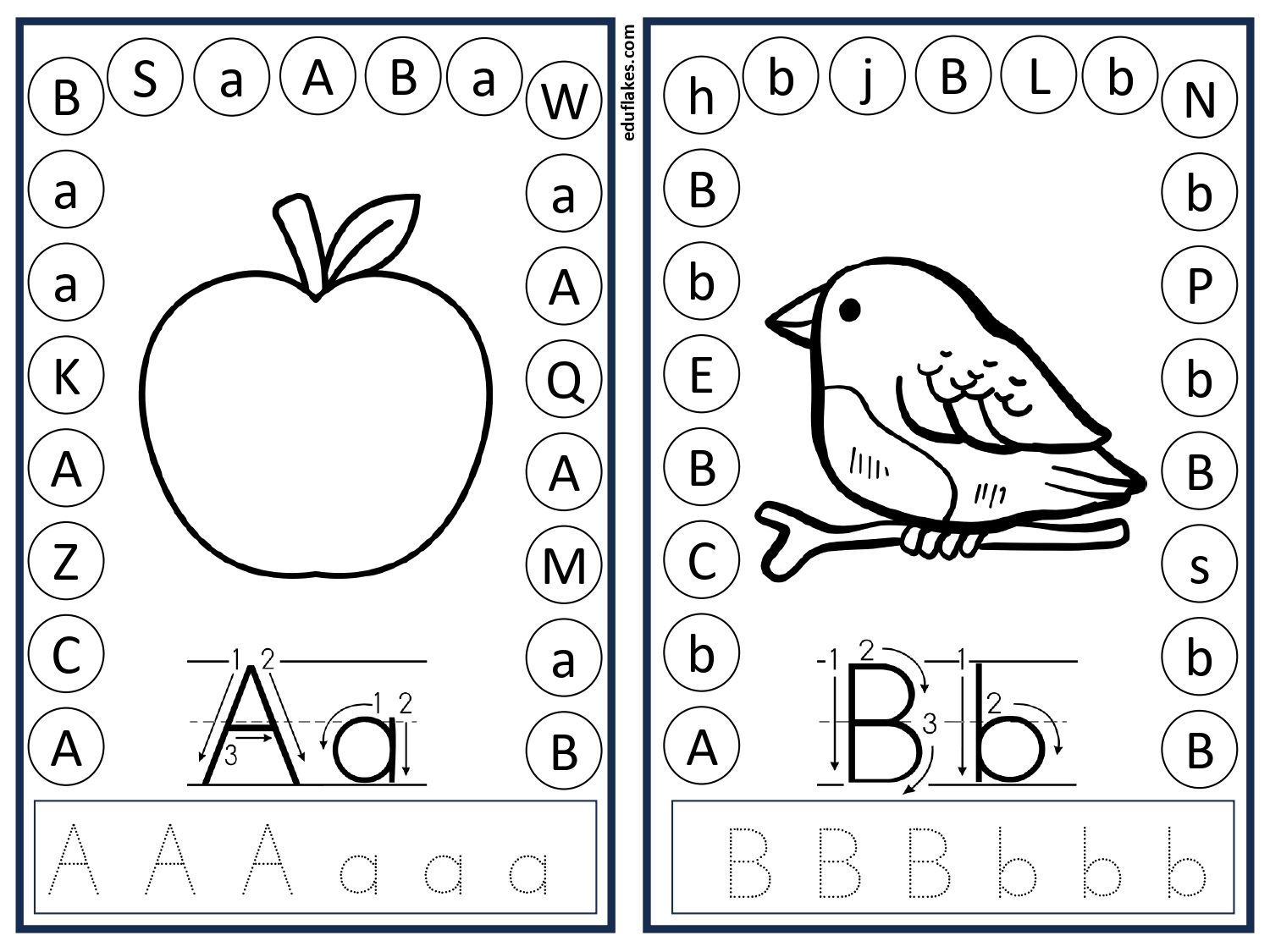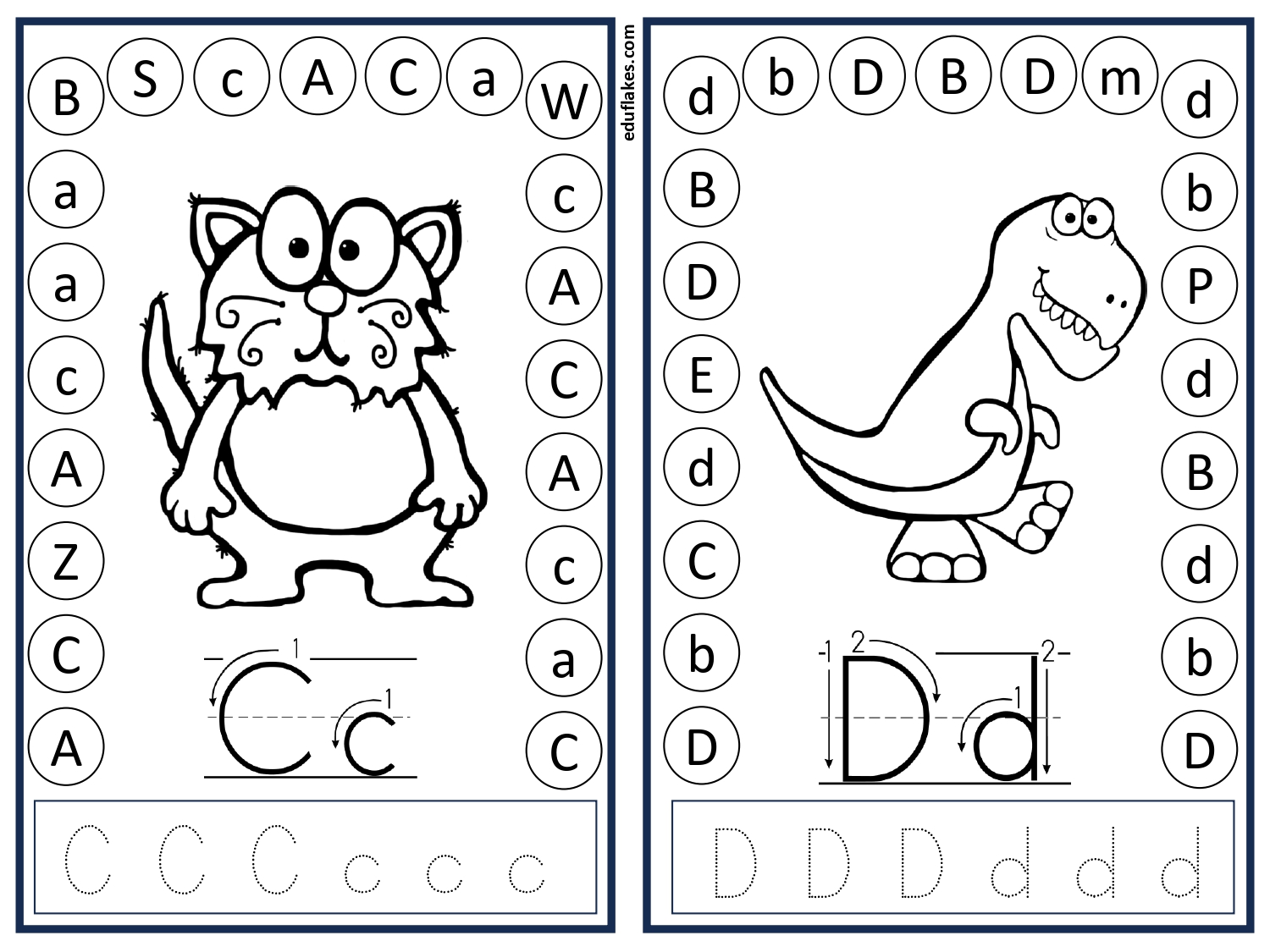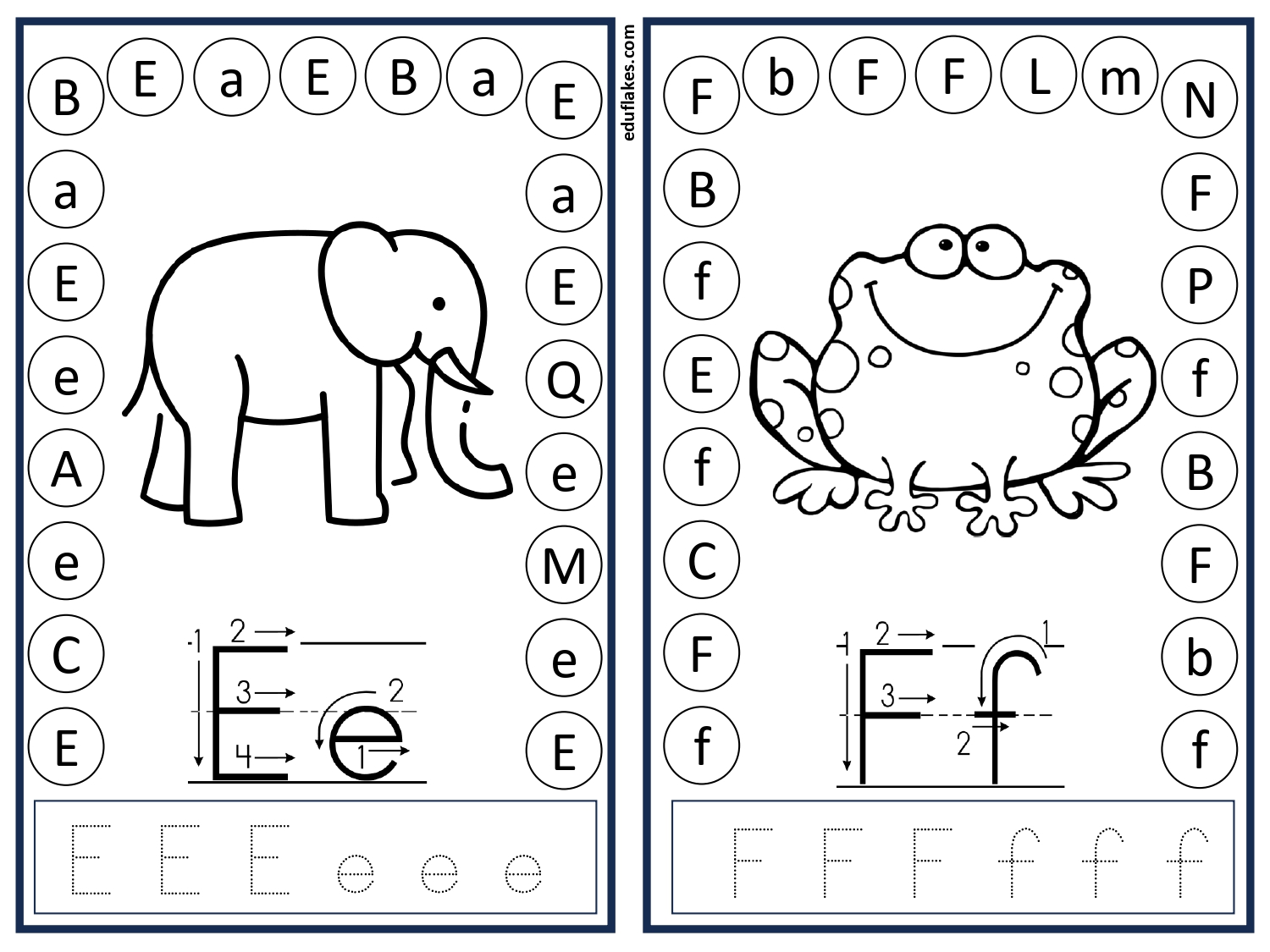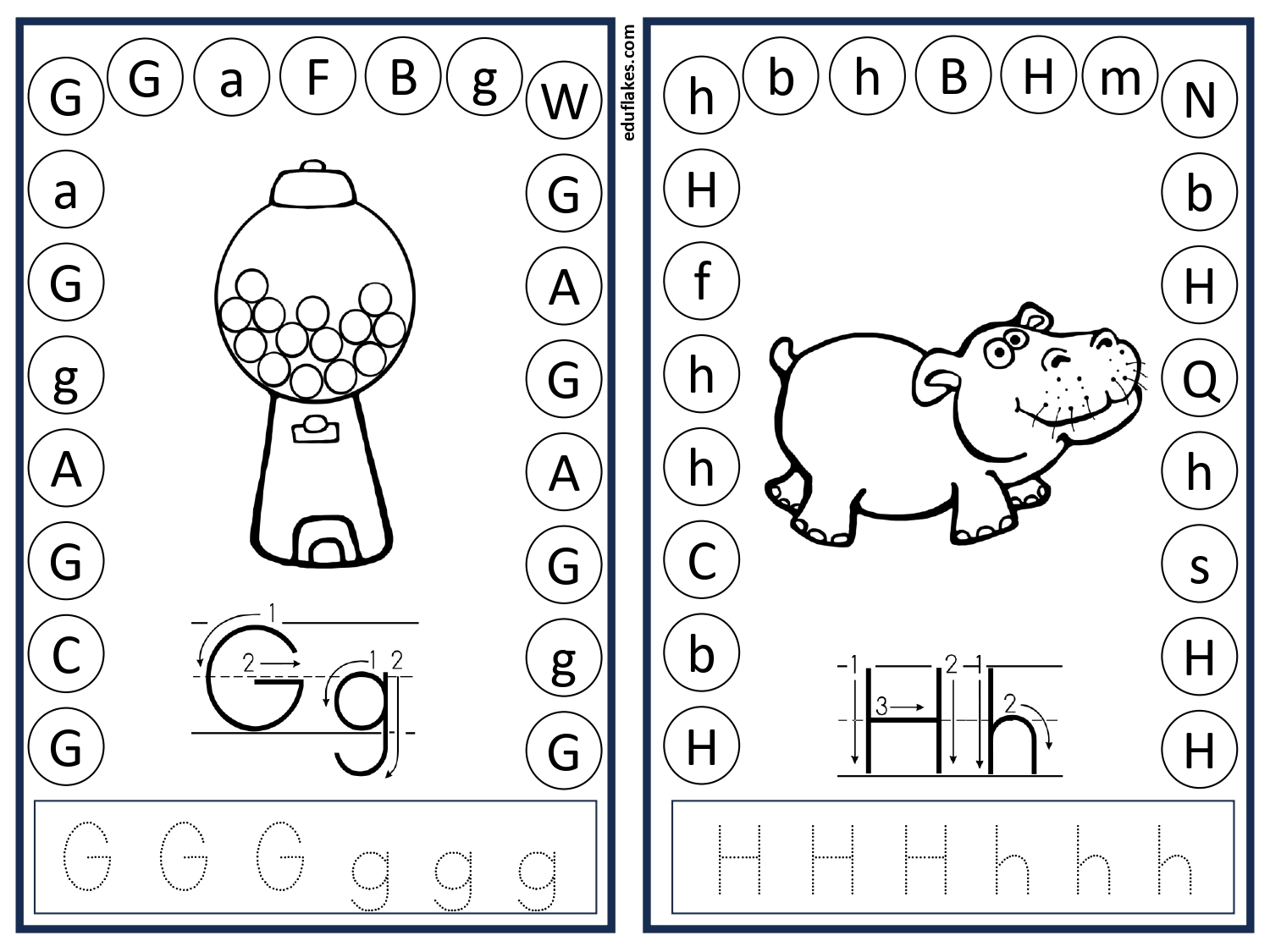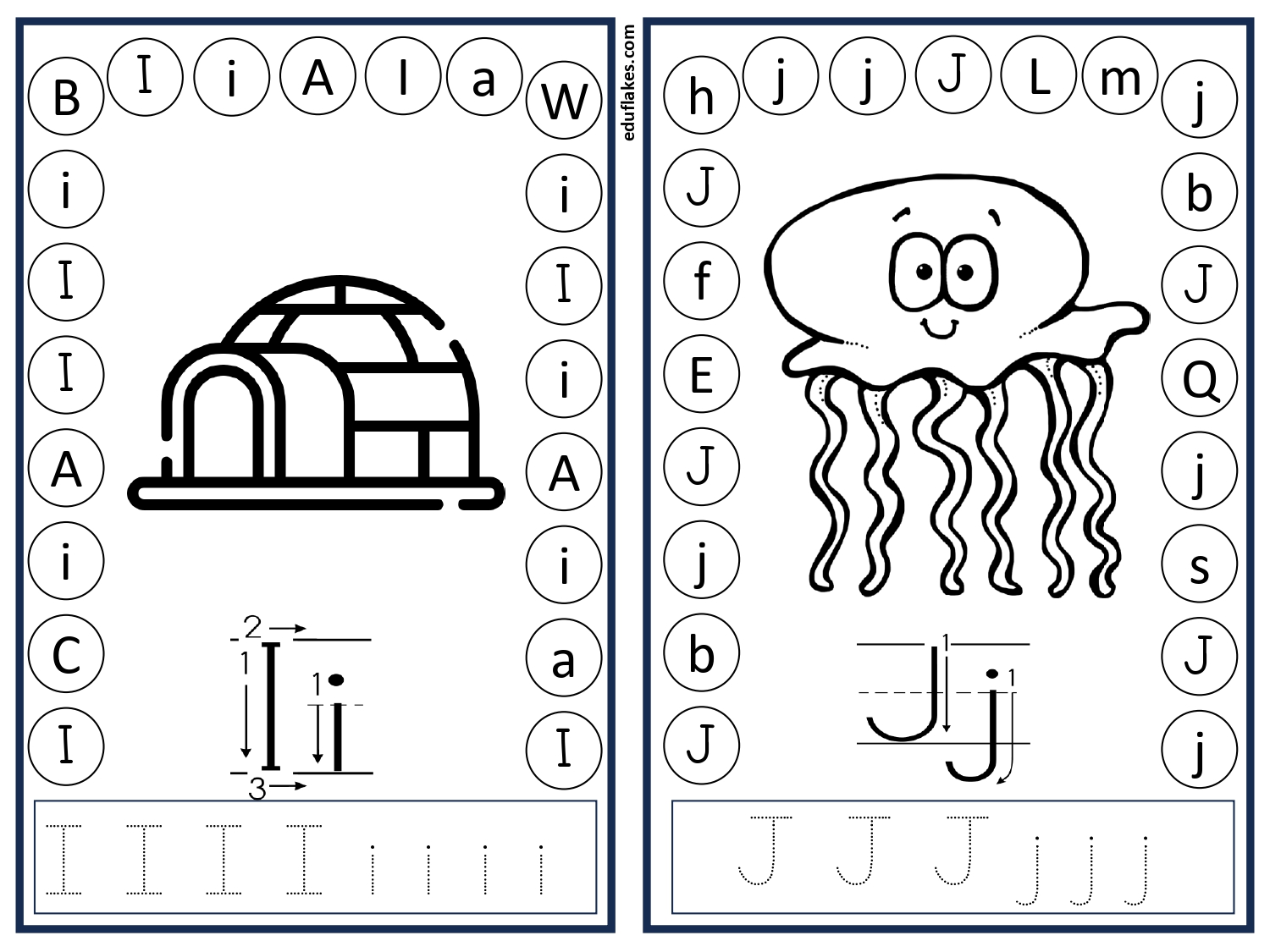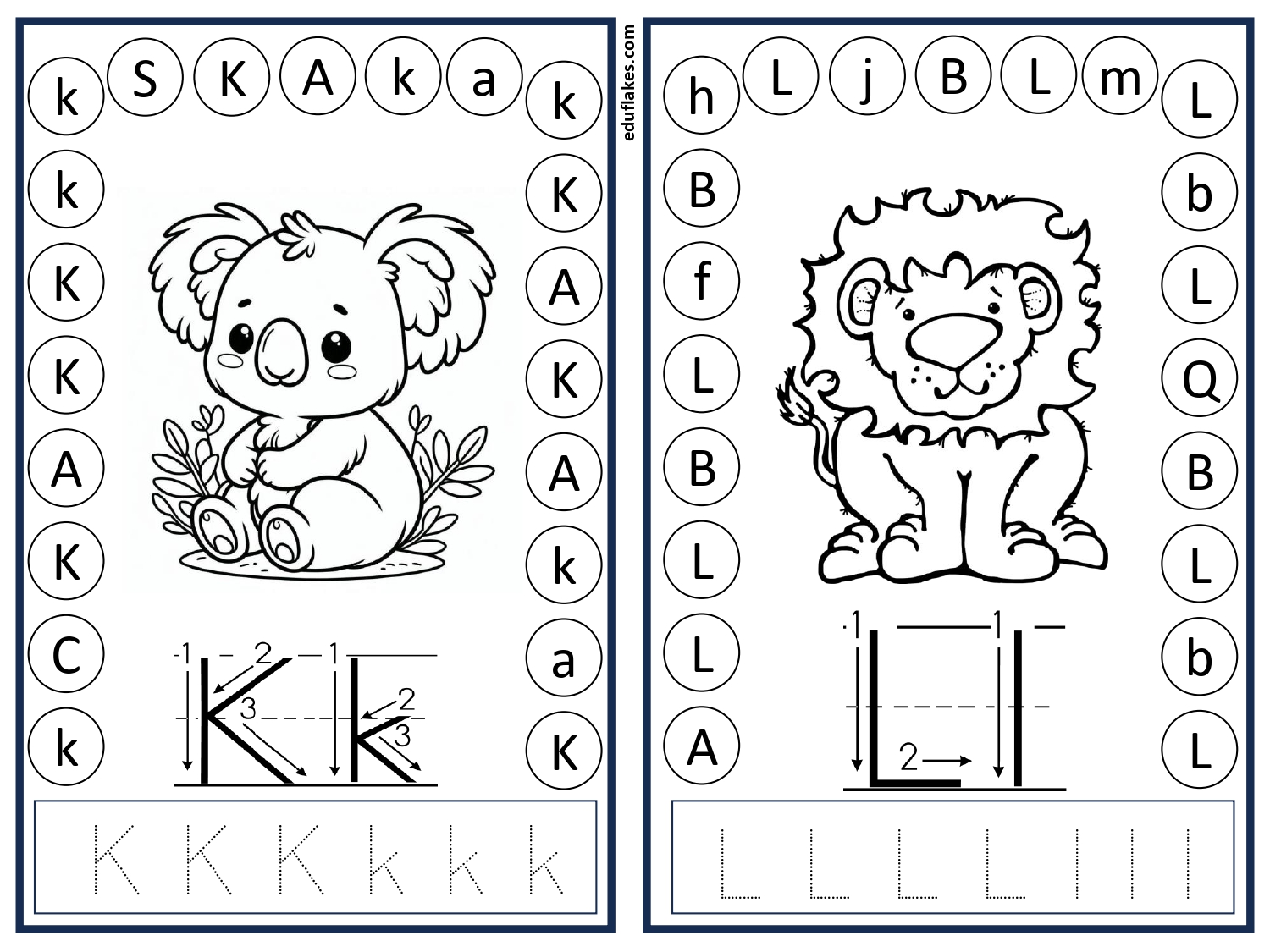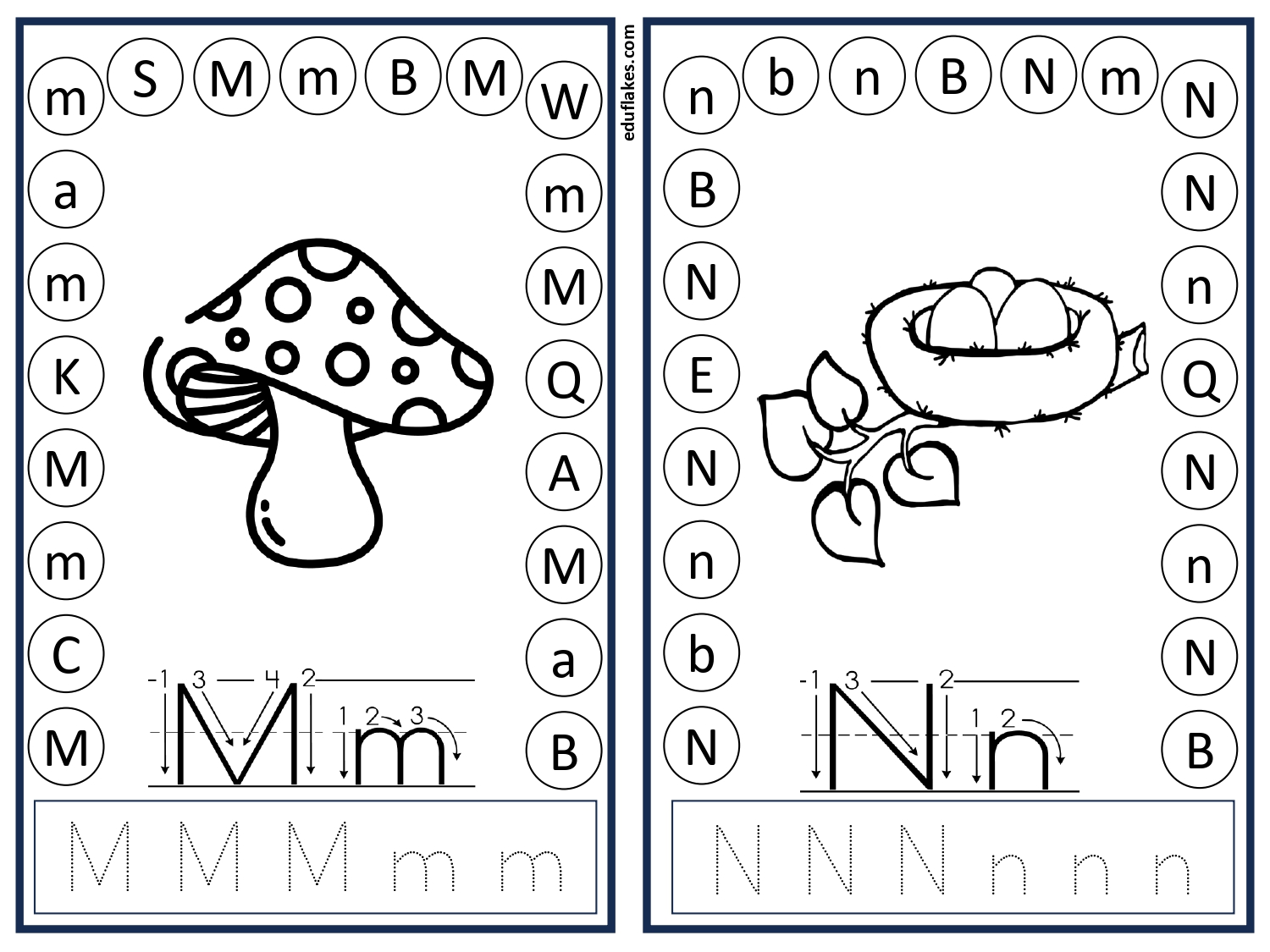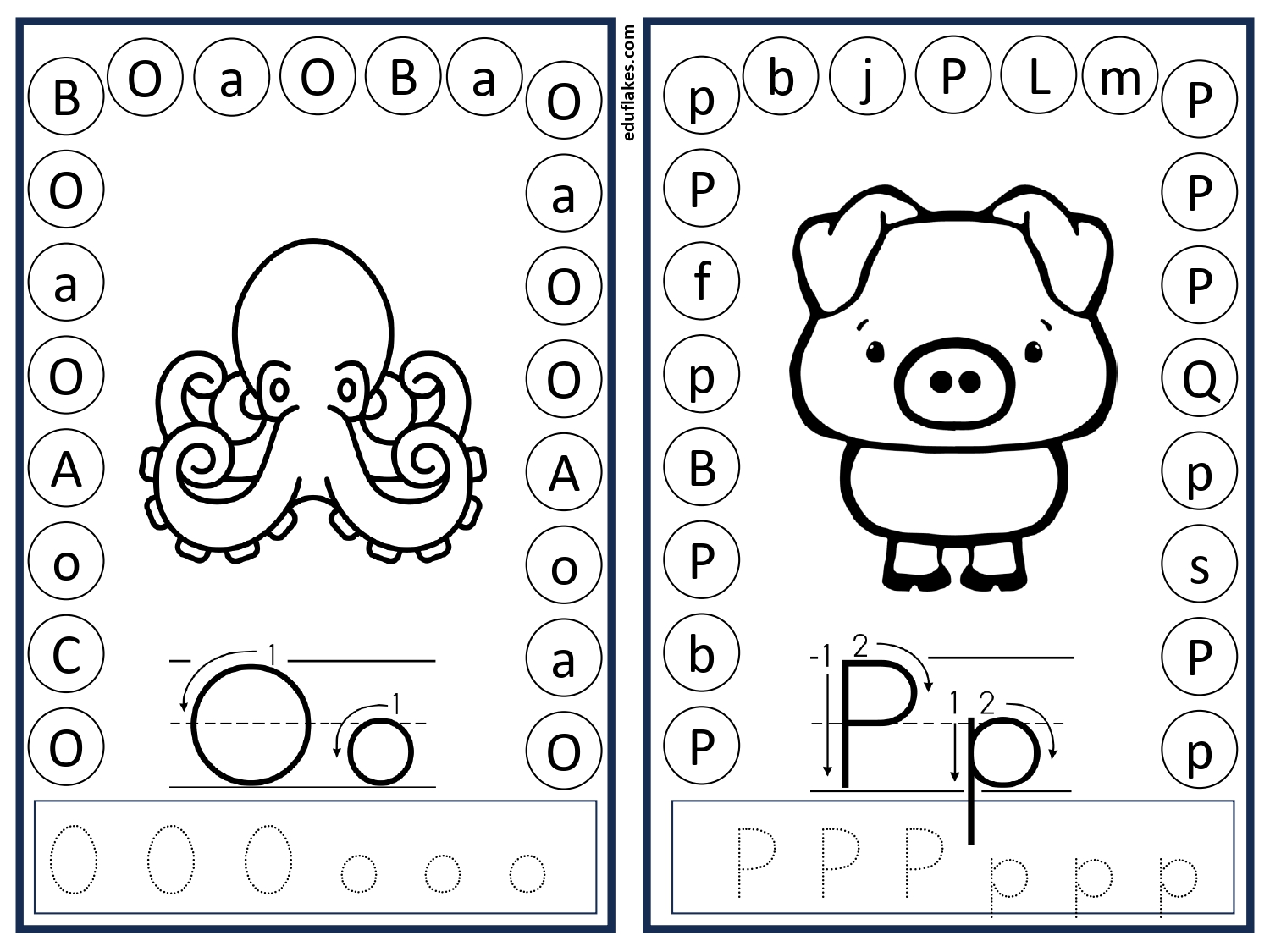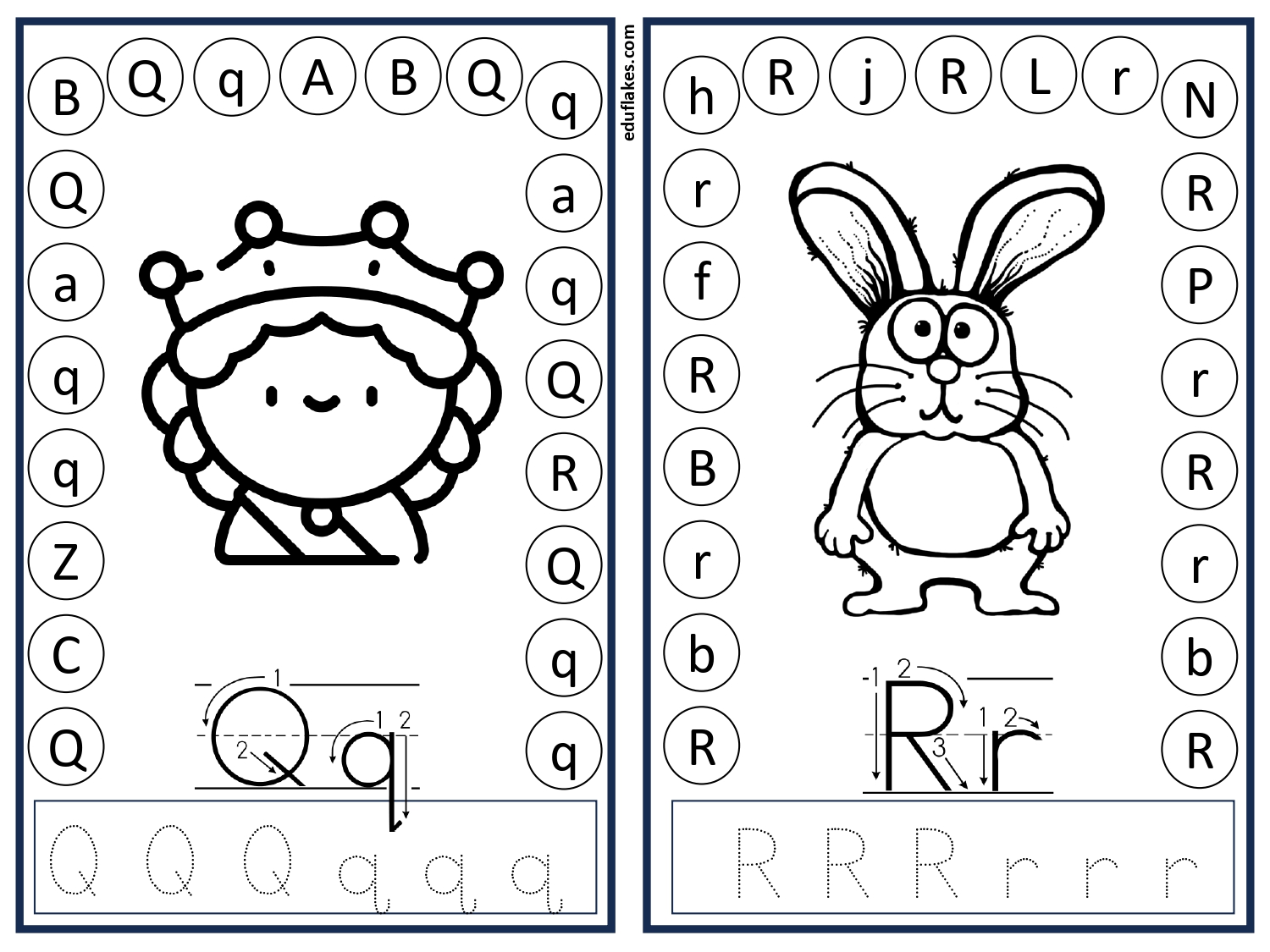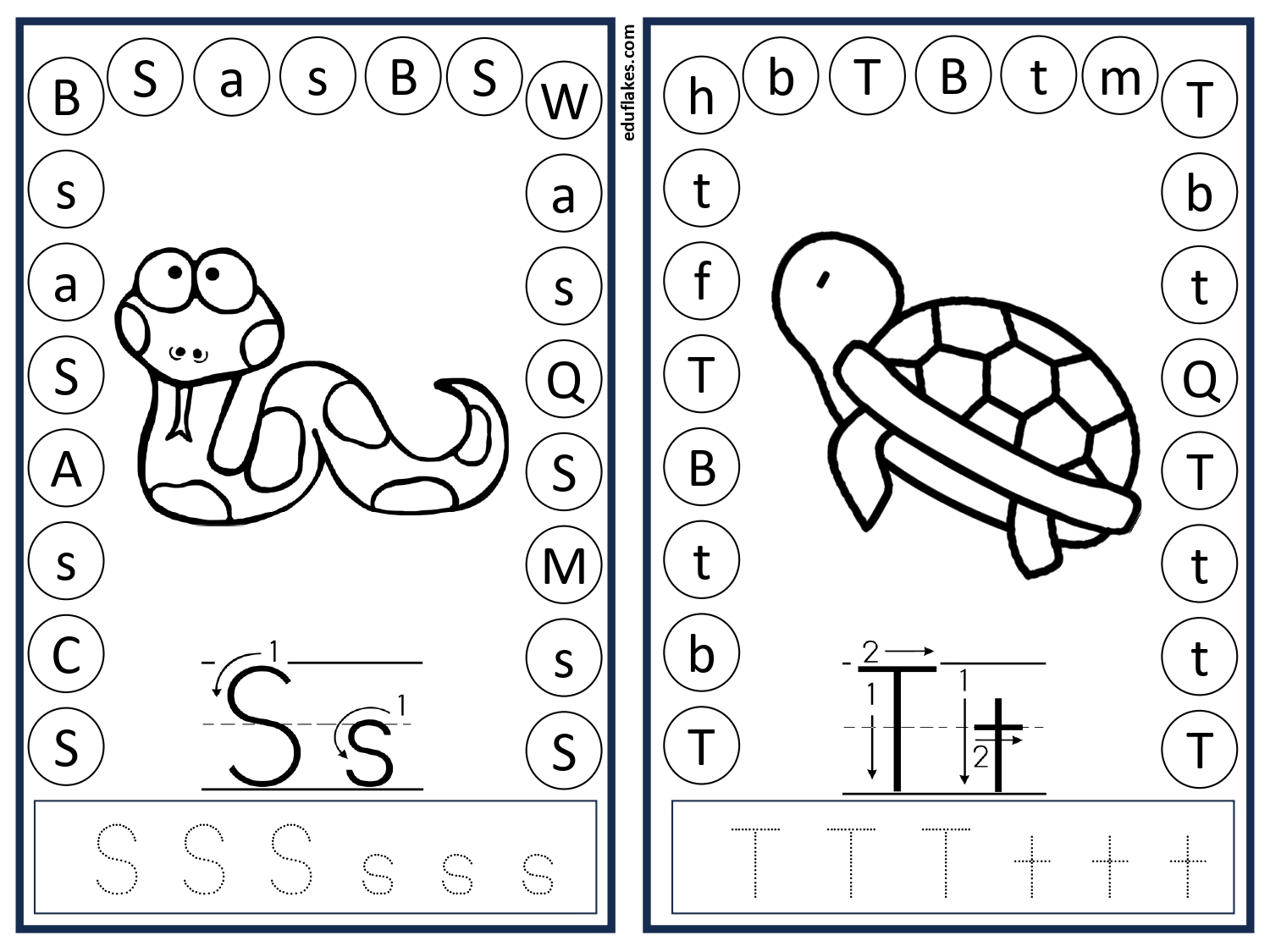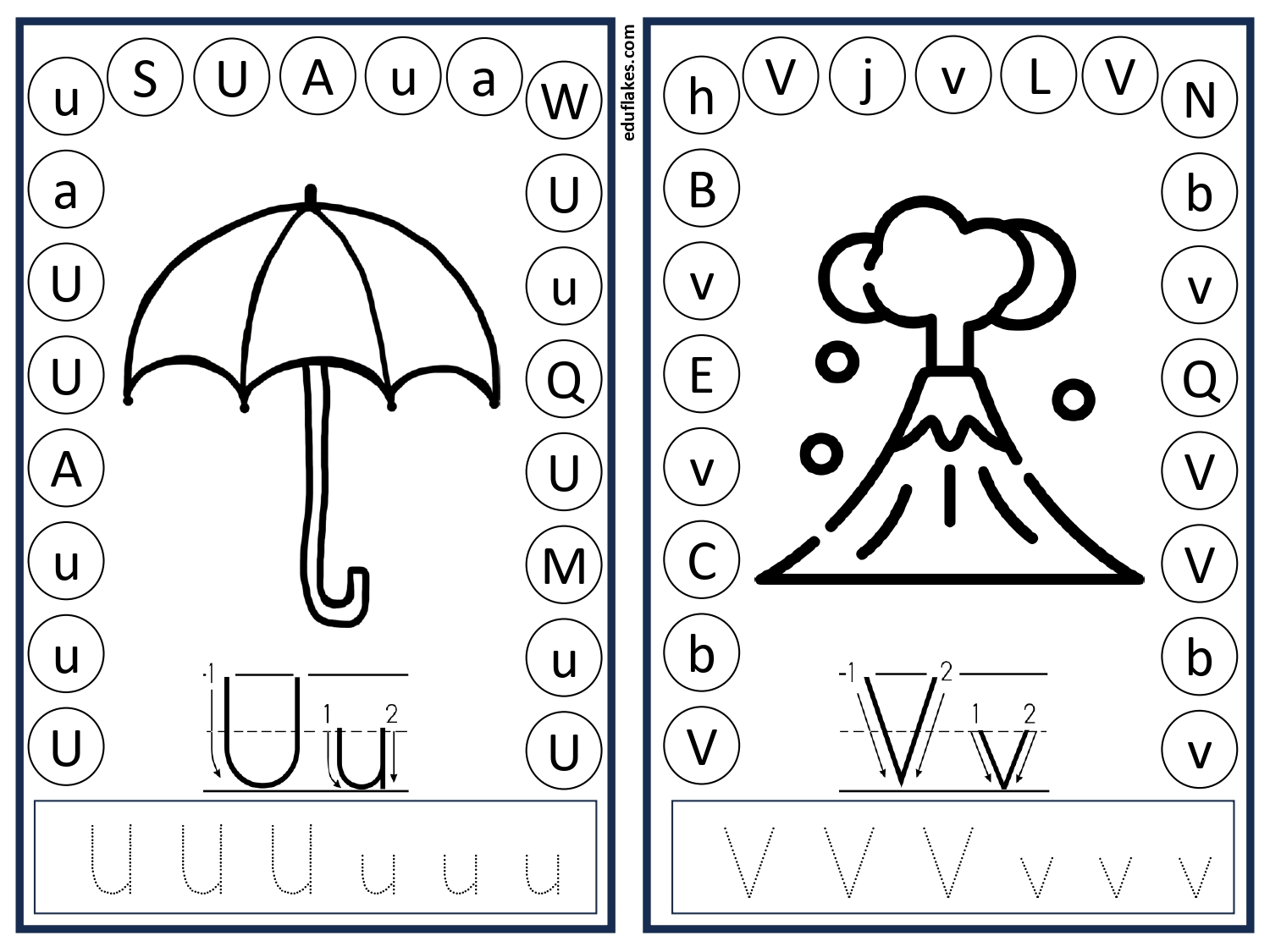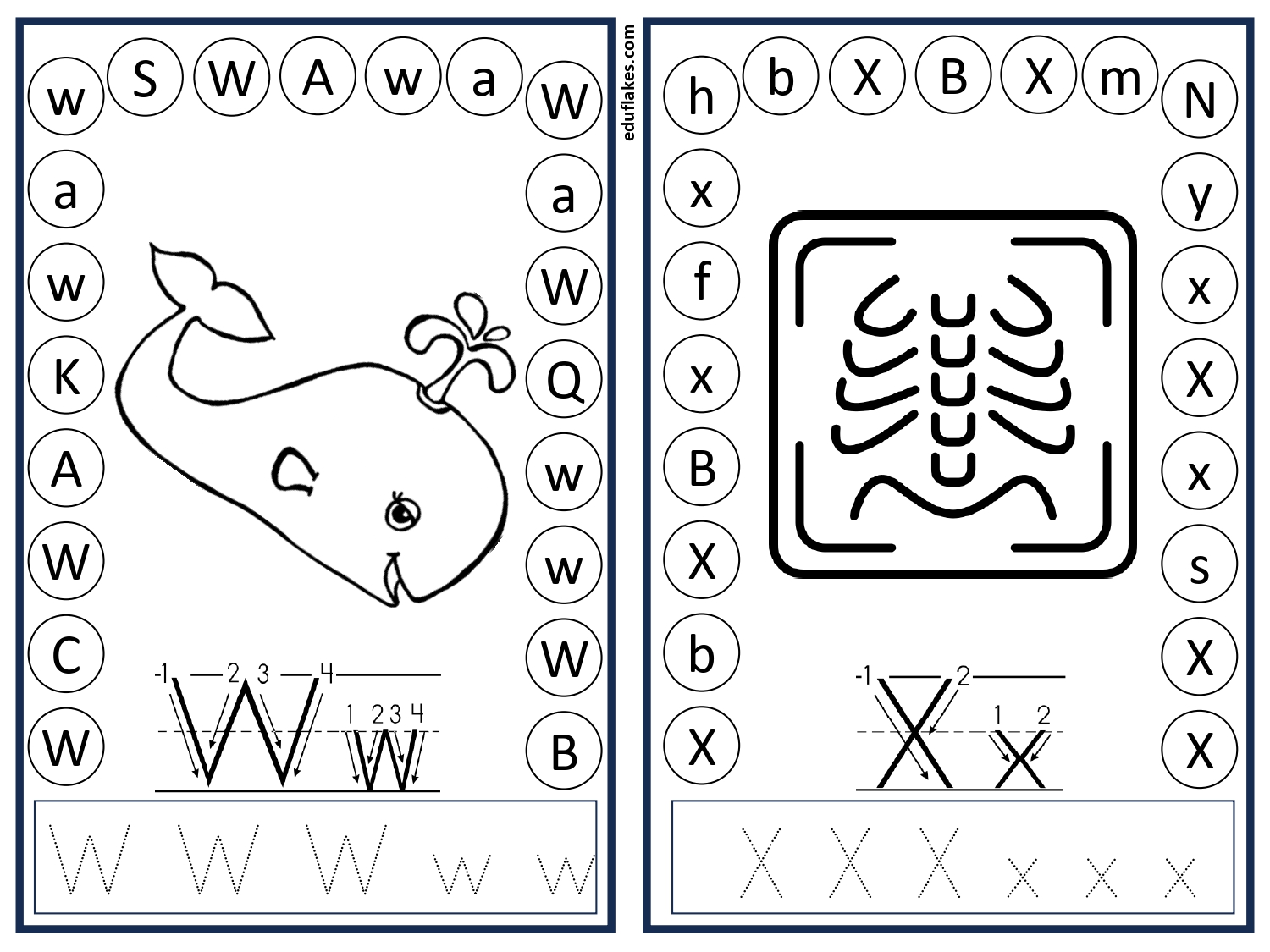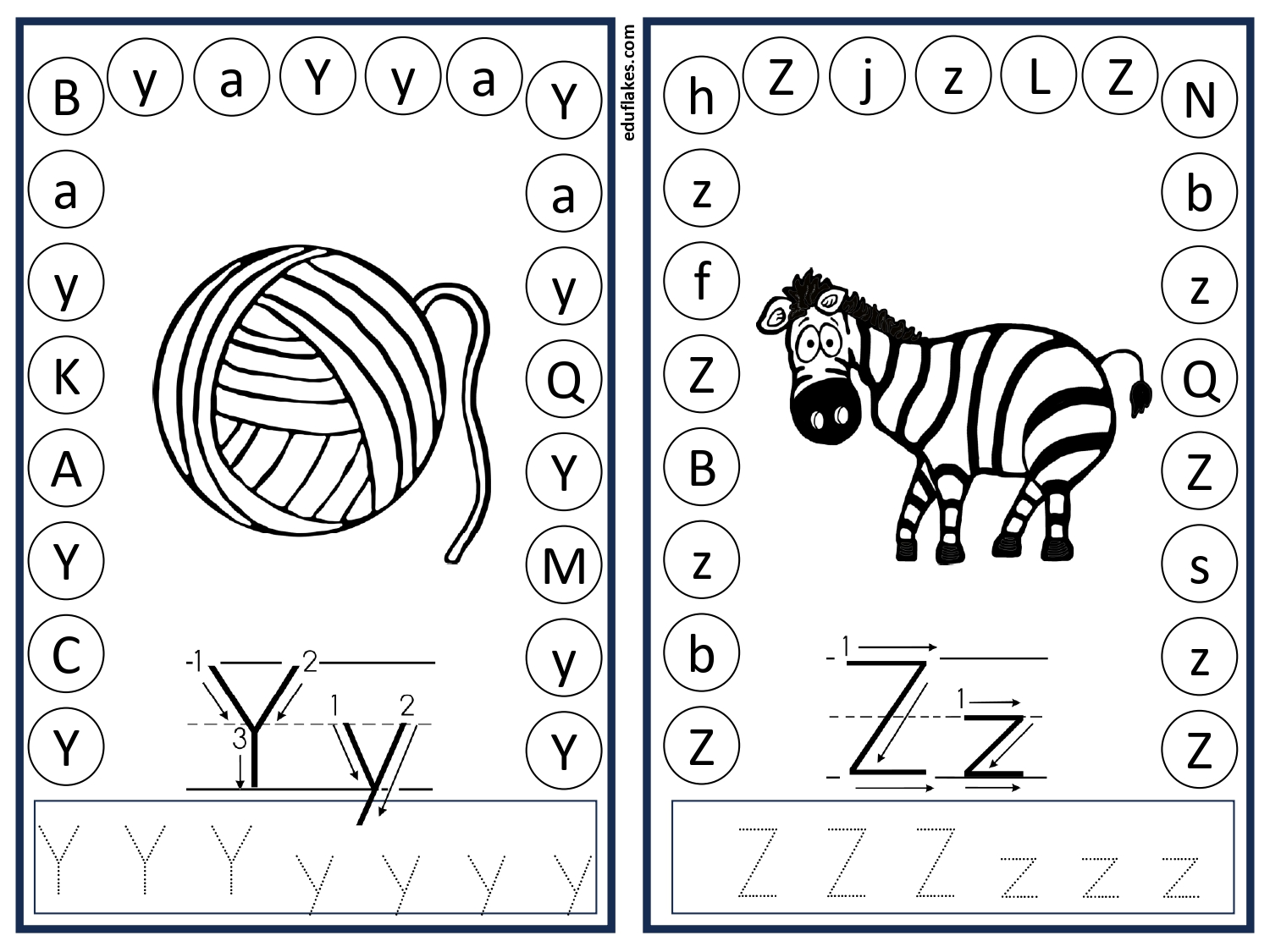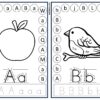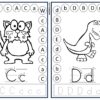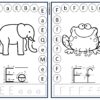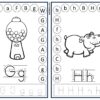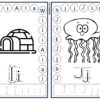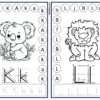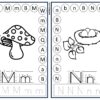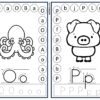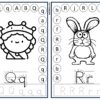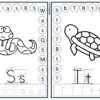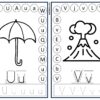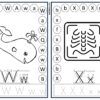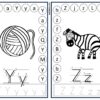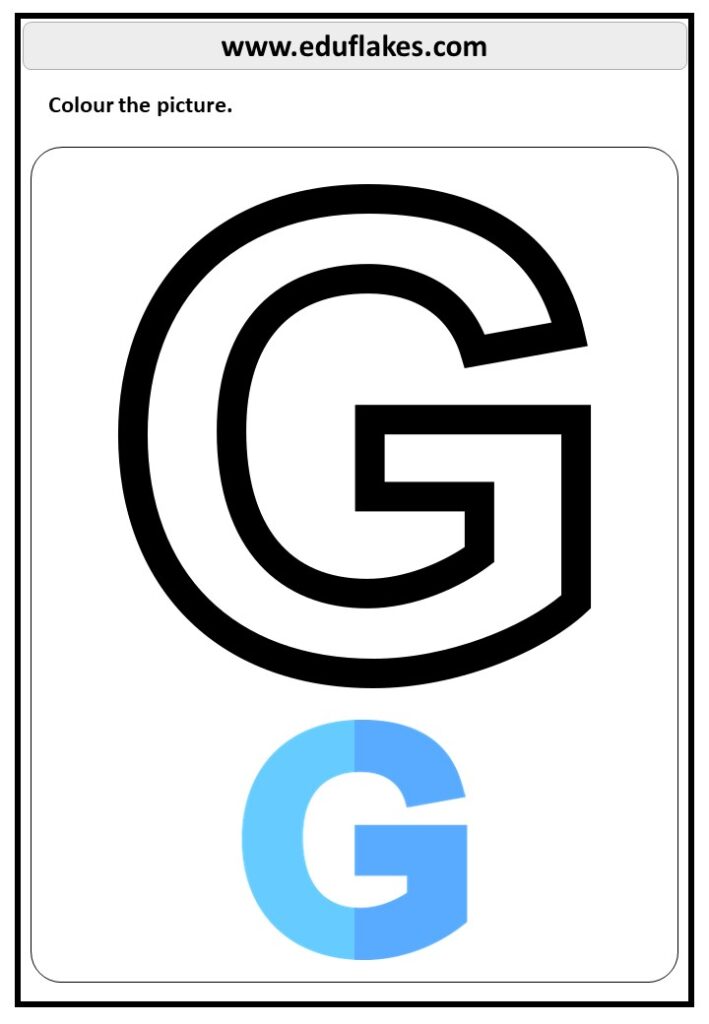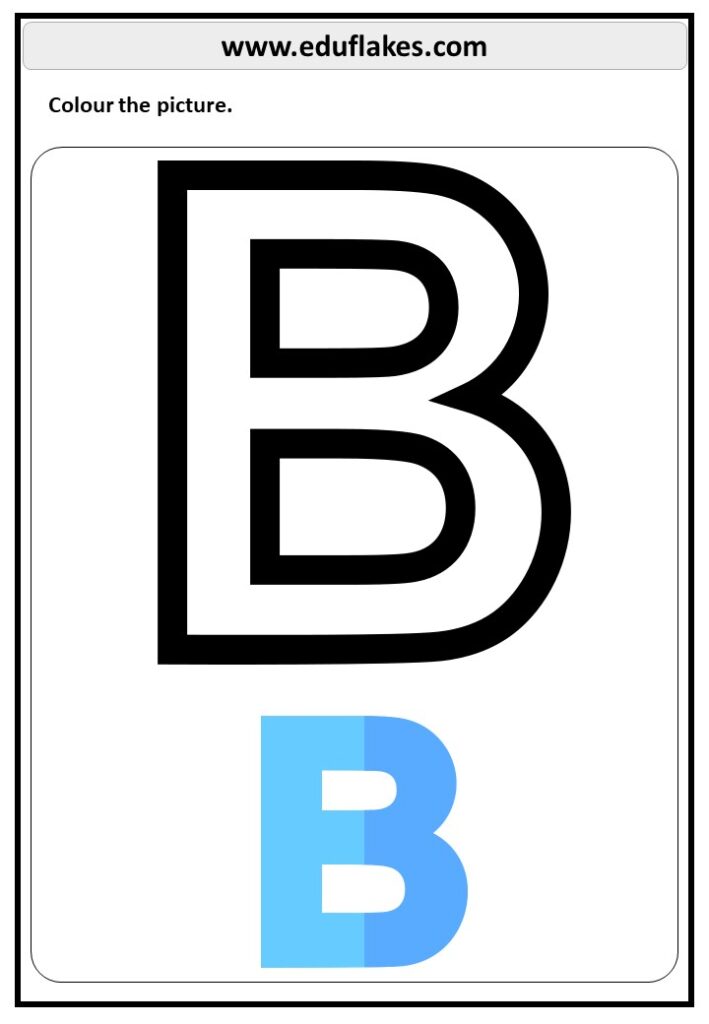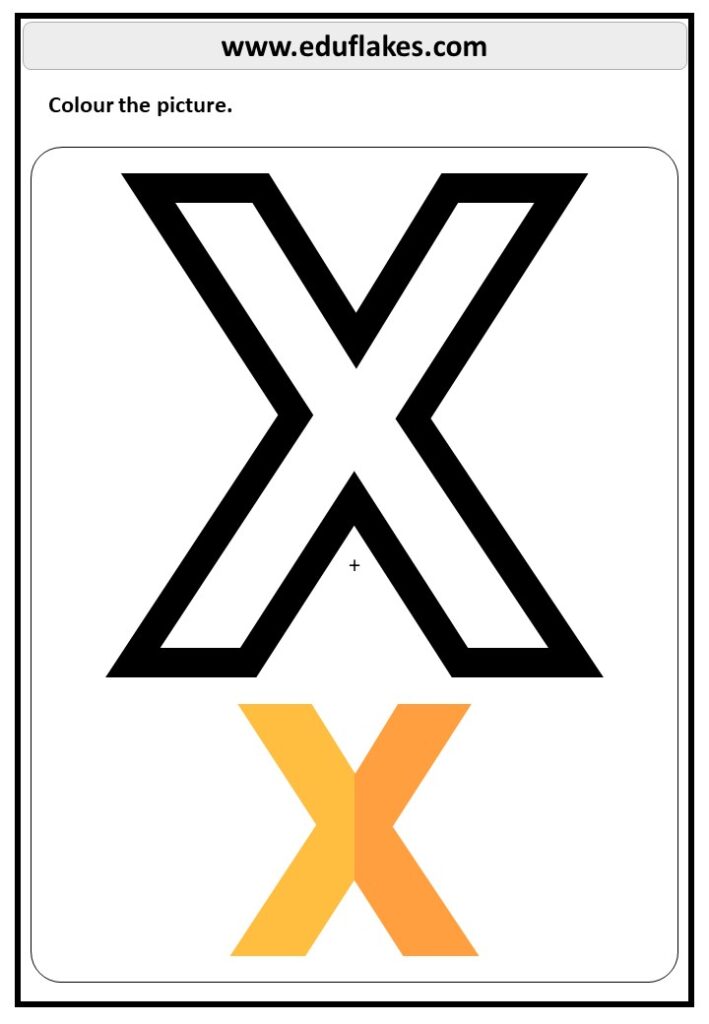Kindergarten Alphabets Identification Upper case and Lower case Free PDF
Kindergarten Alphabets Identification Upper case and Lower case Free PDF
Learning the alphabet is a foundational step in early education, and recognizing both uppercase and lowercase letters is essential. For young learners, especially kindergarteners, interactive and playful activities make learning letters more enjoyable and memorable. Eduflakes.com offers a fantastic free printable worksheet that not only helps children identify uppercase and lowercase letters but also provides opportunities for dotting, tracing, and coloring. Let’s explore how these engaging worksheets can enhance letter recognition and fine motor skills while keeping kids entertained.

Overview of the Alphabet Printable
The Eduflakes alphabet worksheet is thoughtfully designed to cover essential skills in letter recognition, fine motor practice, and creativity. Each page focuses on a specific letter, showcasing both uppercase and lowercase versions. The layout encourages children to interact with the letter in various ways:
- Letter Identification: Clear, large uppercase and lowercase letters for each alphabet letter are presented, making it easy for children to identify and become familiar with each form.
- Dot It Activity: Students can use dot markers, stickers, or even crayons to dot around or over each letter. This activity adds an element of fun and helps reinforce letter shape and form.
- Trace It Activity: The worksheets include tracing options for both uppercase and lowercase letters. Tracing improves pencil grip and control, helping kids practice the strokes and patterns involved in writing each letter.
- Coloring Fun: Each page also includes a fun picture related to the letter, which kids can color, adding a creative twist to their learning experience.
2. Why Alphabet Practice Matters
Mastering the alphabet isn’t just about memorizing letters; it’s about building the foundation for reading and writing skills. Recognizing both uppercase and lowercase letters is crucial as children start identifying letters in books, on signs, and around them. Here are a few reasons why early alphabet practice is important:
- Reading Readiness: Knowing the alphabet prepares kids to start reading. They can begin recognizing letters in words and associating sounds with letters, setting the stage for phonics.
- Fine Motor Development: Activities like tracing and dotting strengthen the hand muscles needed for writing. This printable allows children to practice these skills in a structured yet enjoyable way.
- Visual Discrimination: Recognizing differences between uppercase and lowercase forms of letters helps with visual discrimination, an essential skill in reading and writing.
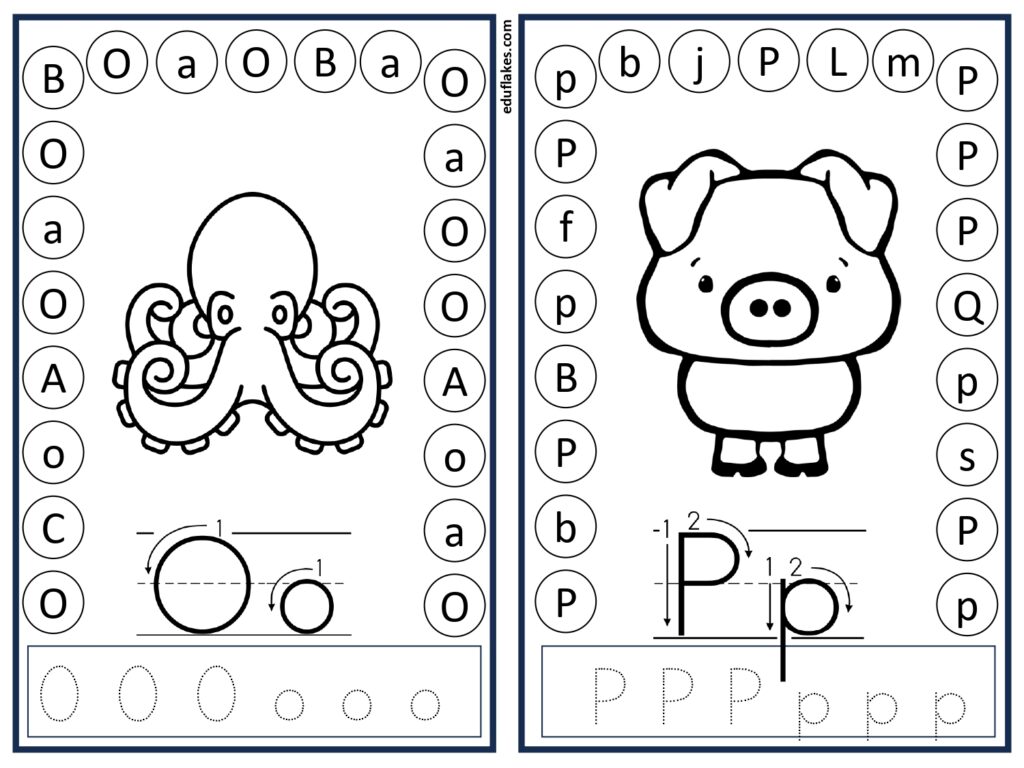
3. How to Use the Alphabet Worksheet
This alphabet worksheet offers multiple ways for kids to practice their letters. Here’s how parents and teachers can use the worksheet effectively:

Step 1: Identify and Recognize
Start by showing children the uppercase and lowercase letters on the page. Say the letter out loud, and encourage them to repeat it. This reinforces letter identification and pronunciation.
Step 2: Dot It
The dotting activity is a fun way to involve kids in hands-on learning. Kids can use dot markers or stickers to follow along the shape of each letter. Dotting over the letters helps them focus on the shape, especially if they are still building fine motor skills.
Step 3: Trace It
Next, have children trace both the uppercase and lowercase letters. If they’re just beginning, show them how to hold the pencil or marker and guide their hand on the first few tries. Tracing lines and curves gives them a feel for how letters are formed.
Step 4: Color the Picture
The central image on each page is related to the letter, making it a great opportunity to connect words with letters. For example, the letter “A” page might have an apple to color, reinforcing the letter-sound connection. Coloring also lets children be creative while developing hand-eye coordination.

4. Making Alphabet Learning Interactive and Fun
Here are some ideas for adding variety to the worksheet activities:
- Letter Sound Games: As children work on each letter, pronounce the letter sound and encourage them to think of other words that start with the same sound. For example, while working on the letter “B,” they could name “ball,” “bear,” and “banana.”
- Letter Hunt: After completing a letter worksheet, challenge kids to find that letter in books or around the classroom or home. They can point out every time they see the uppercase or lowercase version.
- Use Different Tools for Dotting and Tracing: Mix things up by letting kids use different tools. For dotting, they could use stickers, dot markers, or even small stamps. For tracing, try colored pencils or washable markers for variety.
5. Benefits of Dotting, Tracing, and Coloring
Each component of this alphabet worksheet serves a specific purpose:
- Dotting: This activity helps improve hand strength, coordination, and precision as children aim to place the dots accurately. It also adds a visual pattern that makes the letter form memorable.
- Tracing: Tracing is a precursor to independent writing. By practicing with guide lines, children build muscle memory for each letter’s structure, eventually helping them write on their own.
- Coloring: The added picture not only connects the letter to a relatable word but also gives children a creative outlet. Coloring helps with hand control and patience, which are valuable skills for all learning activities.
6. Integrating the Worksheet into Daily Learning
Using the alphabet worksheet daily or weekly can be a wonderful addition to a child’s learning routine. Here are some ways to integrate it effectively:
- Letter of the Day: Focus on one letter each day, completing the worksheet as part of a letter-themed day. Include items, toys, or books that begin with that letter for added immersion.
- Review Sessions: Keep completed worksheets and periodically review the letters learned. Ask questions like, “What sound does this letter make?” or “Can you trace this letter without help?”
- Pair with Storytime: After finishing a letter worksheet, find a book that features words starting with that letter. This combination of visual and auditory learning reinforces the letter’s sound and shape.
7. Fun Activities to Reinforce Learning at Home
Parents can create simple activities at home to further reinforce the alphabet:
- Alphabet Bingo: Use uppercase and lowercase letters in a Bingo grid. As you call out letters, children can look for and mark them, practicing recognition in a fun game.
- Letter Sorting: Gather objects around the house and ask your child to sort them by their starting letter.
- Alphabet Wall: Display the completed worksheets as a growing “Alphabet Wall” to celebrate progress. Children enjoy seeing their work on display, and it provides a visual reminder of their learning journey.
Eduflakes.com’s free alphabet worksheet printable is an engaging tool for young learners. It combines letter identification, tracing, dotting, and coloring to provide a comprehensive approach to learning uppercase and lowercase letters. Through these fun activities, children build letter recognition, fine motor skills, and a love for learning. Whether in a classroom or at home, this printable helps make alphabet practice a delightful experience, giving children the tools they need to become confident readers and writers. Start today with this fantastic resource and watch your child’s alphabet skills blossom!

